New art exhibition celebrates 150 years of women at Yale
Yale-educated women artists are the subject of a new exhibition, ‘On The Basis of Art: 150 Years of Women at Yale’, at Yale University Art Gallery. Curator Lisa Hodermarsky speaks about the concept behind the show and the gravity of this moment in Yale’s history
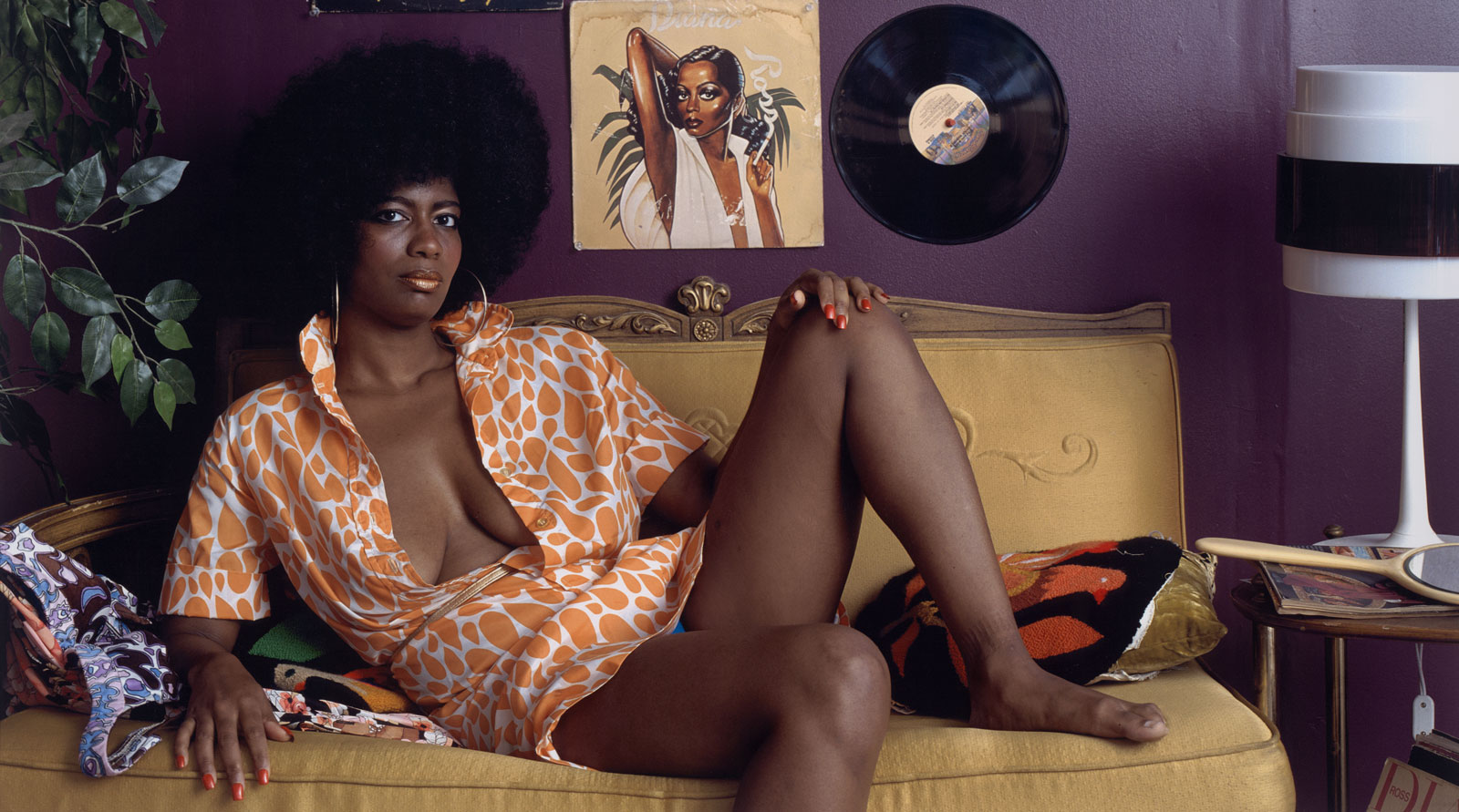
Yale University Art Gallery celebrates the work of Yale-educated women artists in a new exhibition, ‘On The Basis of Art: 150 Years of Women at Yale’. The show spans a broad range of media – from sculpture to video, watercolour painting to photography – subject matter and eras. Created to mark two anniversaries – the 50th anniversary of co-education at Yale College and the 150th anniversary of Yale University’s accepting female students – the exhibition is also a timely reflection of feminist movements such as the more recent Me Too.
Weaving cross-cultural references throughout the eclectic curation are a diverse selection of artists examining wide-ranging topics. Reinterpreting history is Maya Lin, whose winning design for the Vietnam Veterans Memorial, Washington DC, in 1982 considers the topographical perspectives of the black granite wall engraved with over 58,000 names. Her studies of the memorial are composed of collaged pastels which consider how it looks from multiple angles, juxtaposing its sharp V-shaped architectural form against the hazily soft curves of the natural world.
The geographical form is also considered by Victoria Sambunaris, who rethinks the history of American landscape photography through her lens. Her large-scale colour photographs provide a unique perspective on how the massive shifts in nature and human industry have formed the land over time.
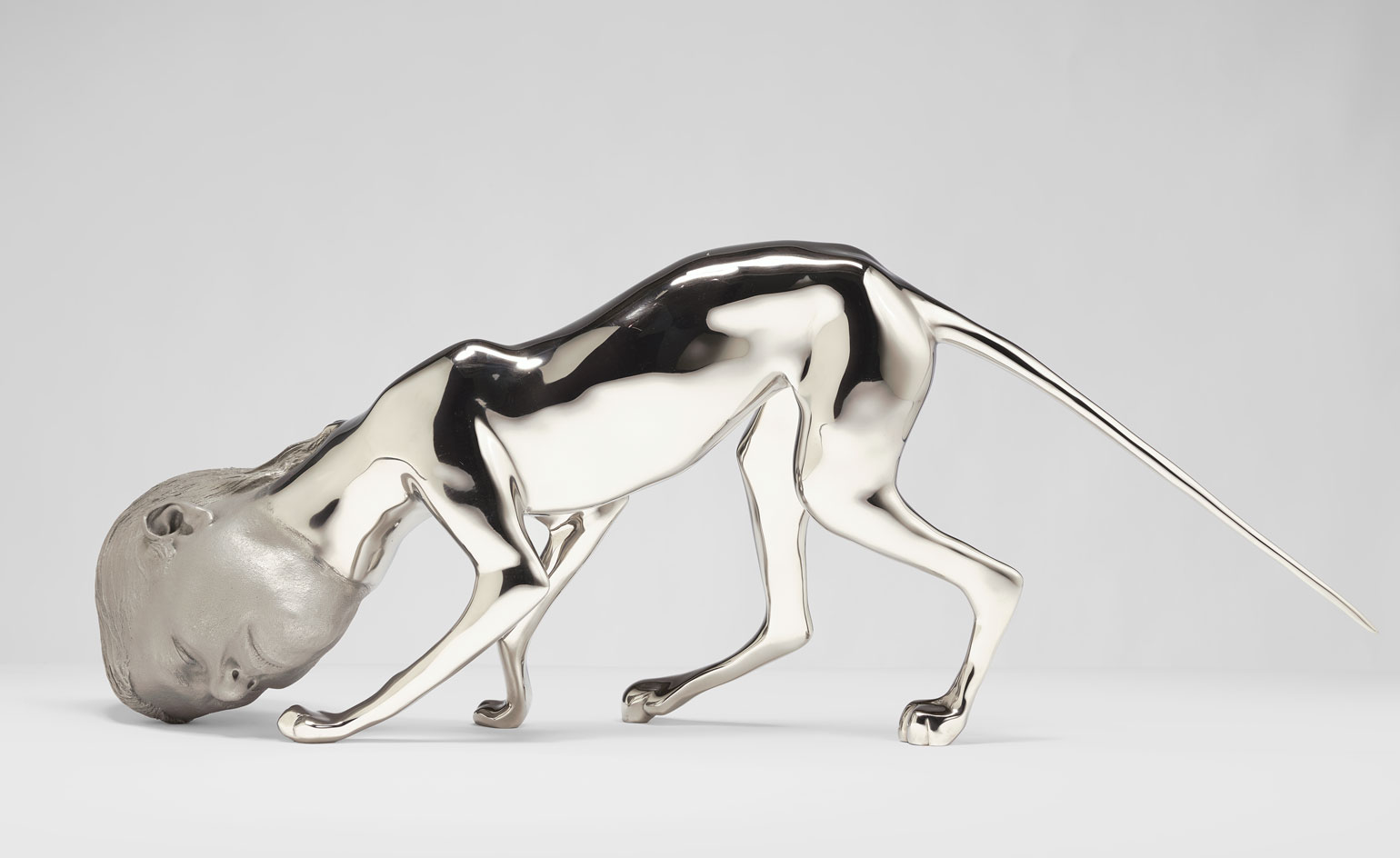
Rona Pondick (m.f.a. 1977), Fox, 1998–99. Stainless steel. Yale University Art Gallery, promised gift of Antonio Homem
Domesticity, traditionally reserved for the female gaze, is given a contemporary reinterpretation. Sarah Sze uses an amalgamation of media to create modern scenes of mundane living – left in chaotic disarray, they are frozen in the middle of action, inviting the spectator to arrive at their own conclusions. Her use of everyday materials rethinks the limitations of fine art, as does Njideka Akunyili Crosby’s, who also intertwines domestic interiors throughout her work. In The Rest of her Remains, the male figure from Édouard Manet’s painting The Dead Toreador becomes female, prostrate in a modern bedroom surrounded by references to her Nigerian culture.
The artists are also drawn to challenging conventions, illustrated by Rona Pondick in a mash of classical references and ancient mythology that becomes infused with modern technical methods. 3D scanning distorts the proportions of the body parts of the hybrid creature, its human features almost monstrous in a pointed perception of the human form. For Mickalene Thomas, photography is a medium through which to explore notions of and challenge conventions of the Black female body. Her photographs convey an intimacy – the imprint of a sock left on an ankle, the imperfection of reupholstered furniture – which nods to the social and political movements of the 1970s in their embrace of the corresponding decor and fashions.
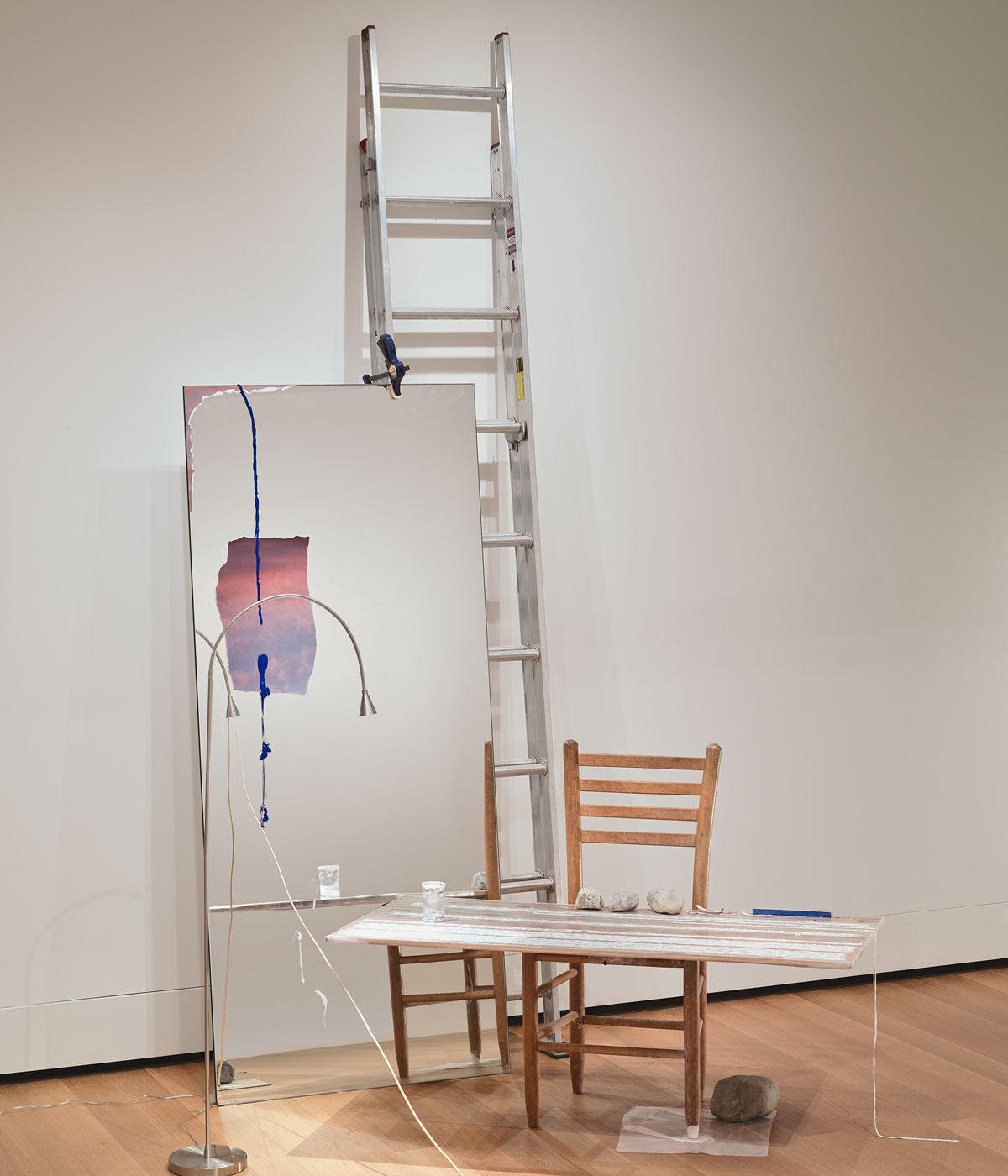
Sarah Sze (b.a. 1991), Mirror with Landscape Leaning (Fragment Series), 2015. Acrylic paint, archival prints, wood, lamp, ladder, mirror, and reed. Yale University Art Gallery, purchased with a gift from Anna Marie Shapiro in honour of her husband, Robert F Shapiro, b.a. 1956, in celebration of his 60th class reunion.
‘We wanted to provide a forum, the first significant one ever, for these amazing generations of women to tell their stories,’ says curator Lisa Hodermarsky on the intention behind the exhibition. Her organisation of the show into six categories – Carving a Presence, Sculpting Space and Place; Threading Myth, Legend and Ritual; Modeling Nature; Tracing the Human Footprint; Drawing Identity and Catching History, Etching Memory – imposes a fluid order on the wide-ranging works.
‘Works can exist in more than one section,’ says Hodermarsky. ‘With certain artists, they might have one work in one section and another in another section – the artists aren’t necessarily able to fit into one category. The six sections seemed to be a good structure for the aesthetic provision of the work, but the truth is, most work defies categorisation that way.’
Wallpaper* Newsletter
Receive our daily digest of inspiration, escapism and design stories from around the world direct to your inbox.
When viewed together, common threads running throughout the works become visible – such as the leaning towards autobiography – but so also do the differences, with the artists responding to the same historical events in contrasting ways. It is a reflection of the women themselves, united only in their desire to create.
‘Women really came to Yale to study art out of a deep passion, and to be taken seriously for their work at a time when that was not necessarily the case,’ adds Hodermarsky. ‘Positive and not, about their Yale experiences and their careers afterwards, it was very difficult to find representation, and we are tracing that and allowing the women to tell their stories. We wanted the artists to take the lead on what stories they wanted to tell.’
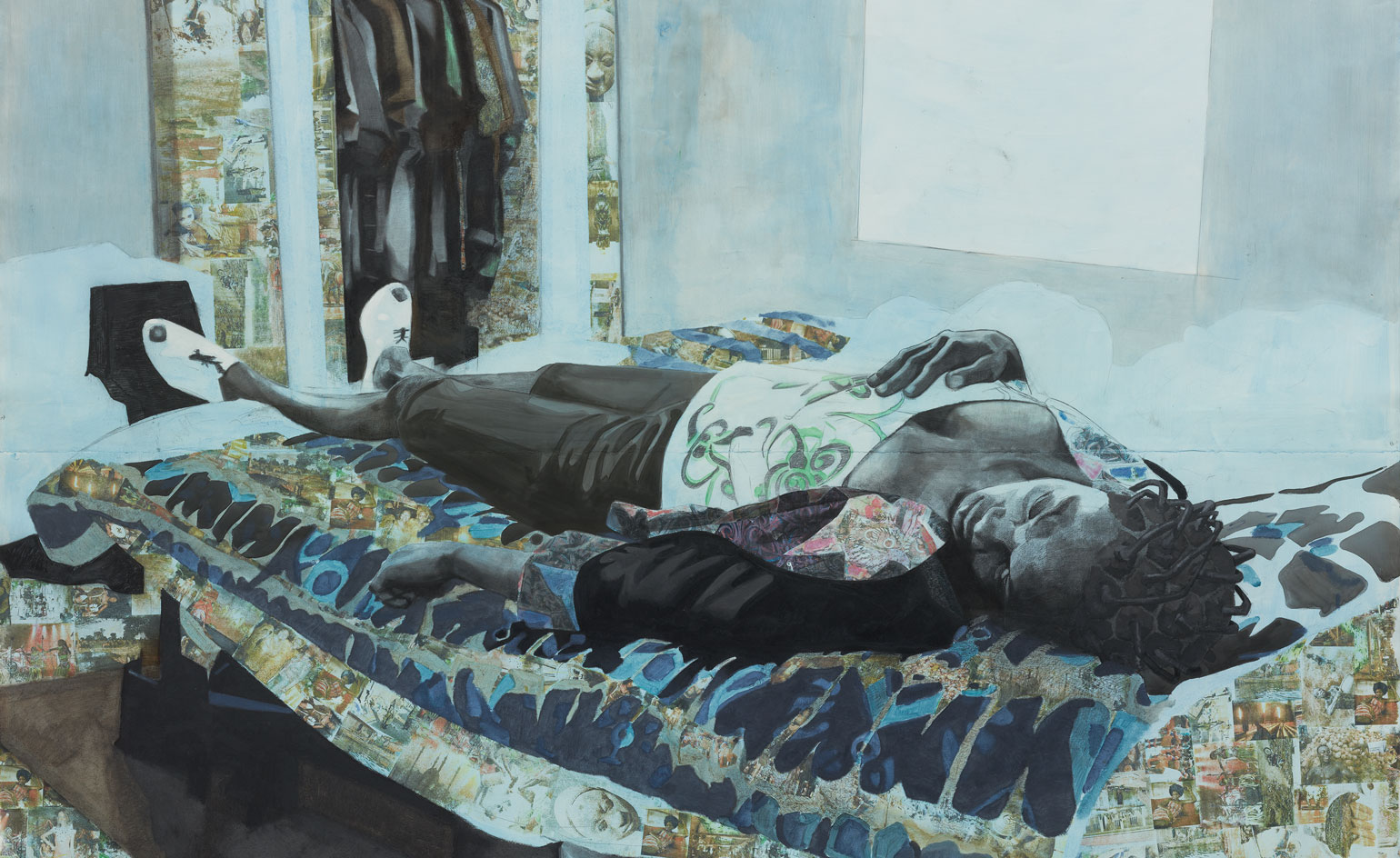
Njideka Akunyili Crosby (m.f.a. 2011), The Rest of Her Remains, 2010. Charcoal, acrylic, ink, collage, and Xerox transfers on paper. Yale University Art Gallery, purchased with a gift from the Arthur and Constance Zeckendorf Foundation.
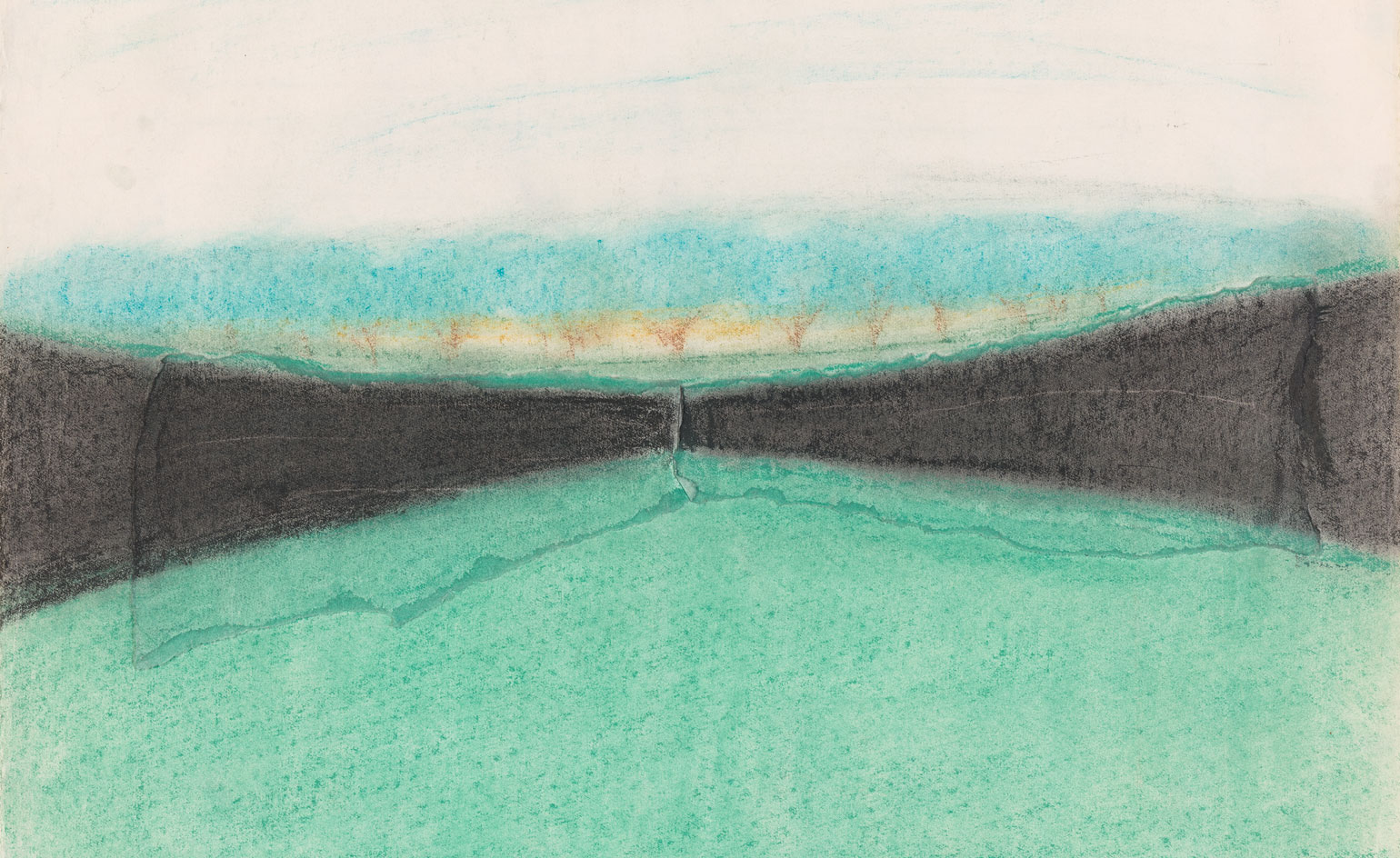
Maya Lin (b.a. 1981, m.arch. 1986), Study for the Vietnam Veterans Memorial, 1980. Pastel on paper. Yale University Art Gallery, promised gift of Maya Lin, b.a. 1981, m.arch. 1986, in honour of Jock Reynolds, the Henry J. Heinz II Director, 1998–2018, and Vincent J. Scully, Jr., b.a. 1940, m.a. 1947, ph.d. 1949

Victoria Sambunaris (m.f.a. 1999), Untitled (Haleakala Crater), Maui, Hawaii, 2005. Chromogenic print. Yale University Art Gallery, gift of Susan and Arthur Fleischer, Jr., b.a. 1953, ll.b. 1958
INFORMATION
‘On The Basis of Art: 150 Years of Women at Yale’, Yale University Art Gallery, September 2021 – January 2022
artgallery.yale.edu
Hannah Silver is the Art, Culture, Watches & Jewellery Editor of Wallpaper*. Since joining in 2019, she has overseen offbeat design trends and in-depth profiles, and written extensively across the worlds of culture and luxury. She enjoys meeting artists and designers, viewing exhibitions and conducting interviews on her frequent travels.
-
 Tour the best contemporary tea houses around the world
Tour the best contemporary tea houses around the worldCelebrate the world’s most unique tea houses, from Melbourne to Stockholm, with a new book by Wallpaper’s Léa Teuscher
By Léa Teuscher
-
 ‘Humour is foundational’: artist Ella Kruglyanskaya on painting as a ‘highly questionable’ pursuit
‘Humour is foundational’: artist Ella Kruglyanskaya on painting as a ‘highly questionable’ pursuitElla Kruglyanskaya’s exhibition, ‘Shadows’ at Thomas Dane Gallery, is the first in a series of three this year, with openings in Basel and New York to follow
By Hannah Silver
-
 Australian bathhouse ‘About Time’ bridges softness and brutalism
Australian bathhouse ‘About Time’ bridges softness and brutalism‘About Time’, an Australian bathhouse designed by Goss Studio, balances brutalist architecture and the softness of natural patina in a Japanese-inspired wellness hub
By Ellie Stathaki
-
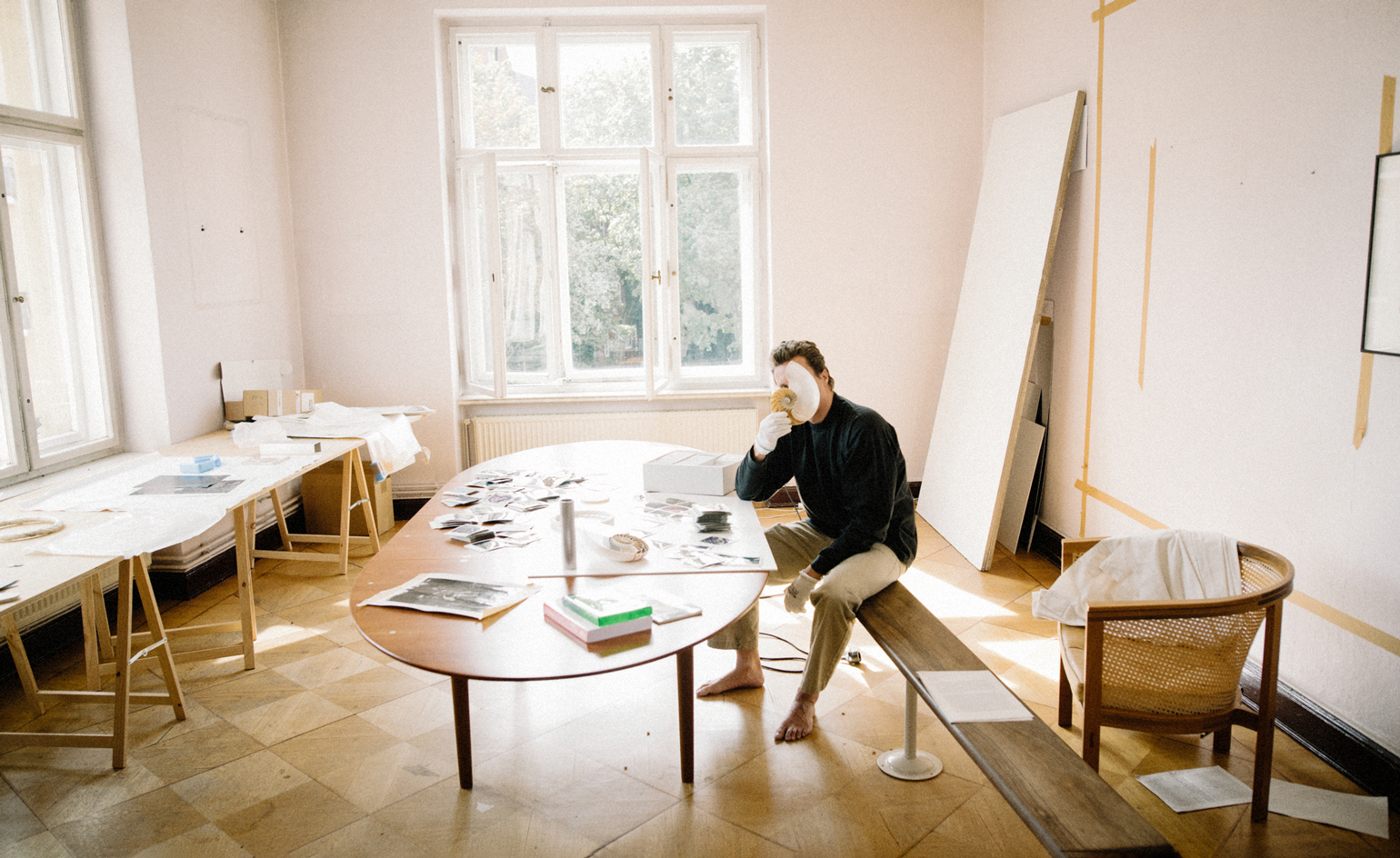 Cyprien Gaillard on chaos, reorder and excavating a Paris in flux
Cyprien Gaillard on chaos, reorder and excavating a Paris in fluxWe interviewed French artist Cyprien Gaillard ahead of his major two-part show, ‘Humpty \ Dumpty’ at Palais de Tokyo and Lafayette Anticipations (until 8 January 2023). Through abandoned clocks, love locks and asbestos, he dissects the human obsession with structural restoration
By Harriet Lloyd-Smith
-
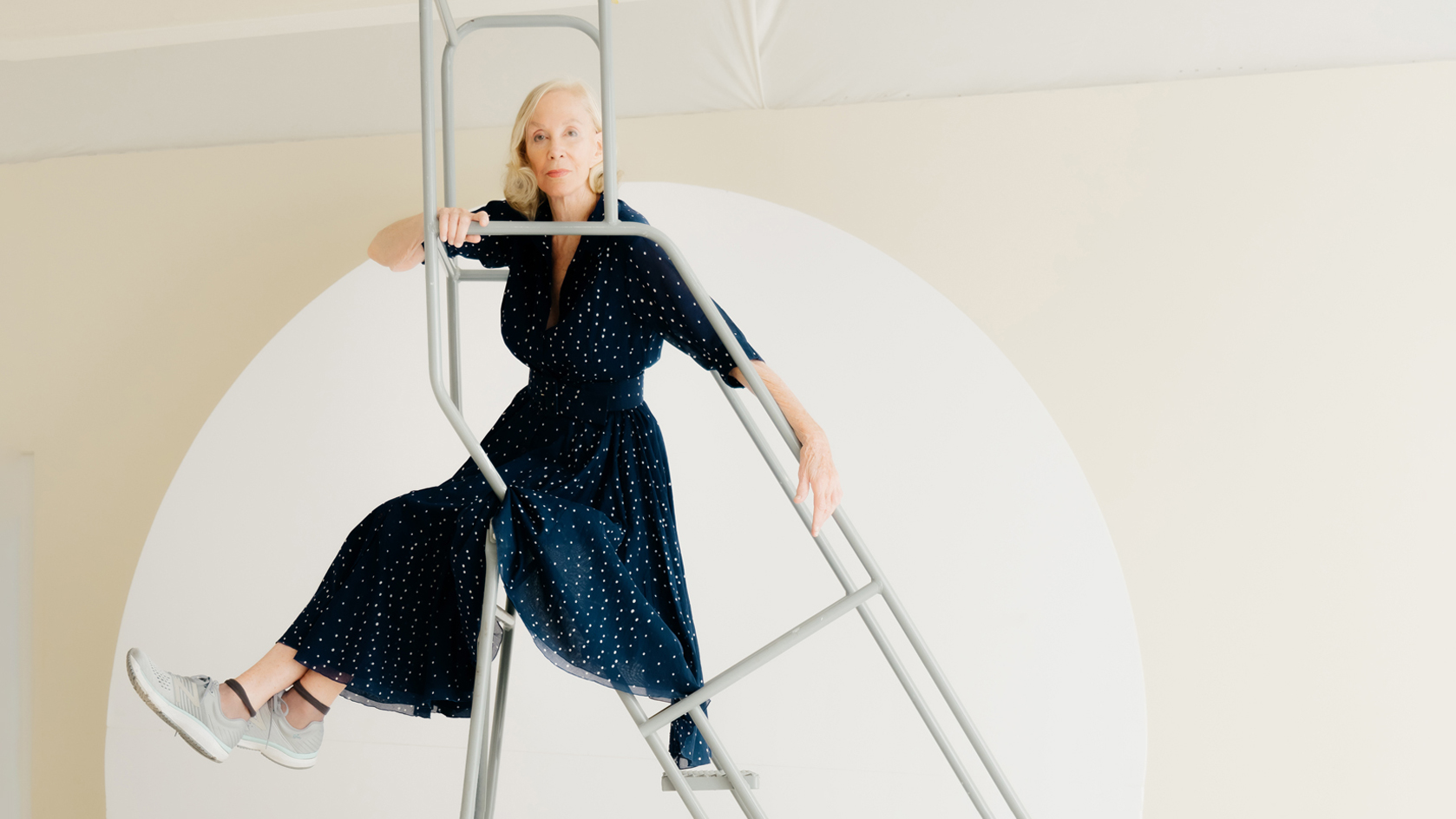 Year in review: top 10 art interviews of 2022, chosen by Wallpaper* arts editor Harriet Lloyd-Smith
Year in review: top 10 art interviews of 2022, chosen by Wallpaper* arts editor Harriet Lloyd-SmithTop 10 art interviews of 2022, as selected by Wallpaper* arts editor Harriet Lloyd-Smith, summing up another dramatic year in the art world
By Harriet Lloyd-Smith
-
 Yayoi Kusama on love, hope and the power of art
Yayoi Kusama on love, hope and the power of artThere’s still time to see Yayoi Kusama’s major retrospective at M+, Hong Kong (until 14 May). In our interview, the legendary Japanese artist vows to continue to ‘create art to leave the message of “love forever”’
By Megan C Hills
-
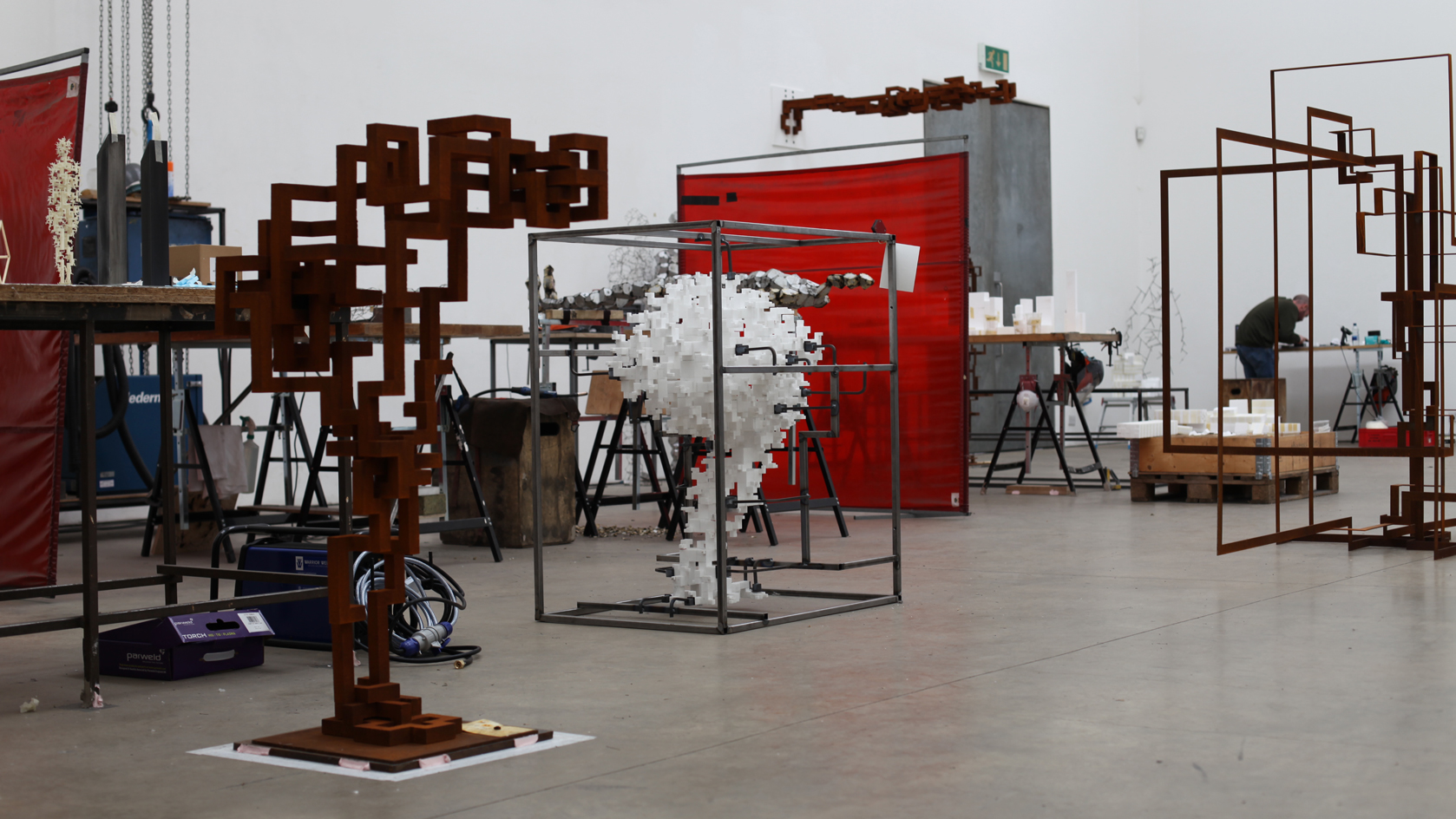 Antony Gormley interview: ‘We’re at more than a tipping point. We’re in a moment of utter crisis’
Antony Gormley interview: ‘We’re at more than a tipping point. We’re in a moment of utter crisis’We visit the London studio of British sculptor Antony Gormley ahead of his major new show ‘Body Field’ at Xavier Hufkens Brussels
By Harriet Lloyd-Smith
-
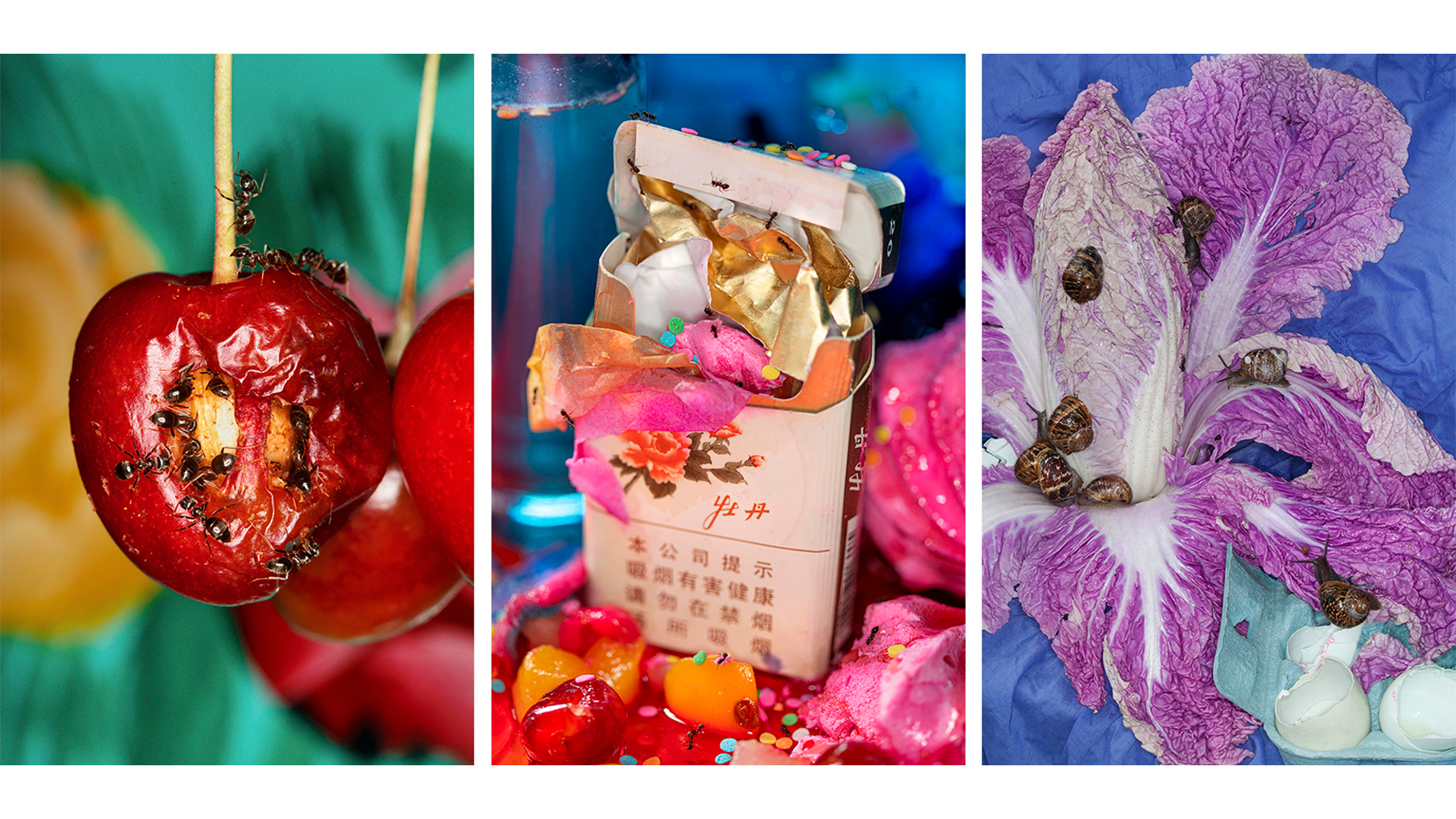 Photographer Maisie Cousins on nostalgia, impulsive making and ‘collecting useless things’
Photographer Maisie Cousins on nostalgia, impulsive making and ‘collecting useless things’Explore the vision of British artist Maisie Cousins in ‘Through the lens’, our monthly series spotlighting photographers who are Wallpaper* contributors
By Sophie Gladstone
-
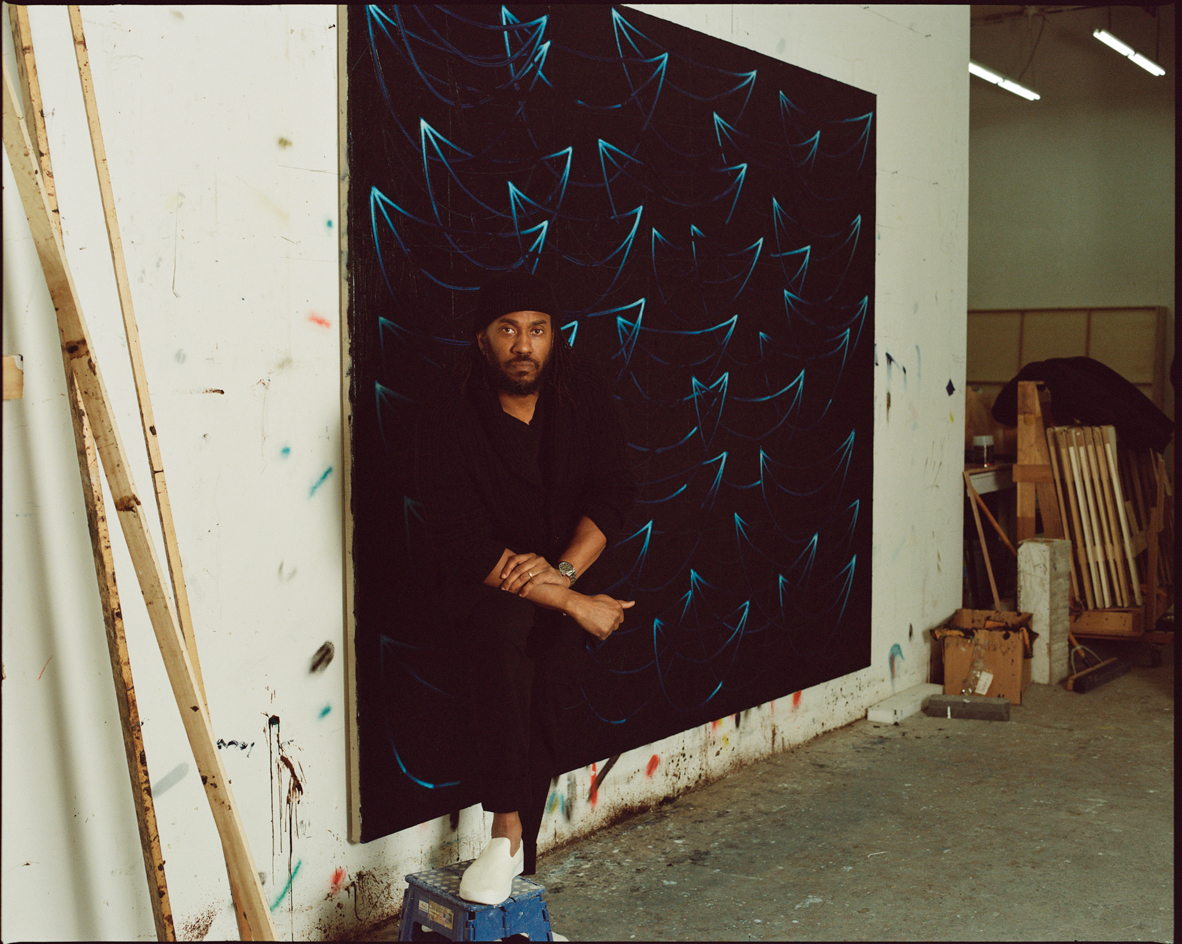 Rashid Johnson in Menorca: a journey through migration, longing and togetherness
Rashid Johnson in Menorca: a journey through migration, longing and togethernessWe visited Rashid Johnson’s Brooklyn studio ahead of the artist’s show at Hauser & Wirth Menorca, which contemplates drift – physical and emotional
By Osman Can Yerebakan
-
 Step inside the kaleidoscopic universe of Pipilotti Rist
Step inside the kaleidoscopic universe of Pipilotti RistSwiss artist Pipilotti Rist, who headlines Wallpaper’s November 2022 issue, has transformed the way we see, with a poetic yet playful practice spanning three decades. Here, and in a special portfolio, she reveals how she has liberated video art from its conventions, imbued the digital realm with emotion, animated public spaces, and harnessed the healing powers of colour
By Jessica Klingelfuss
-
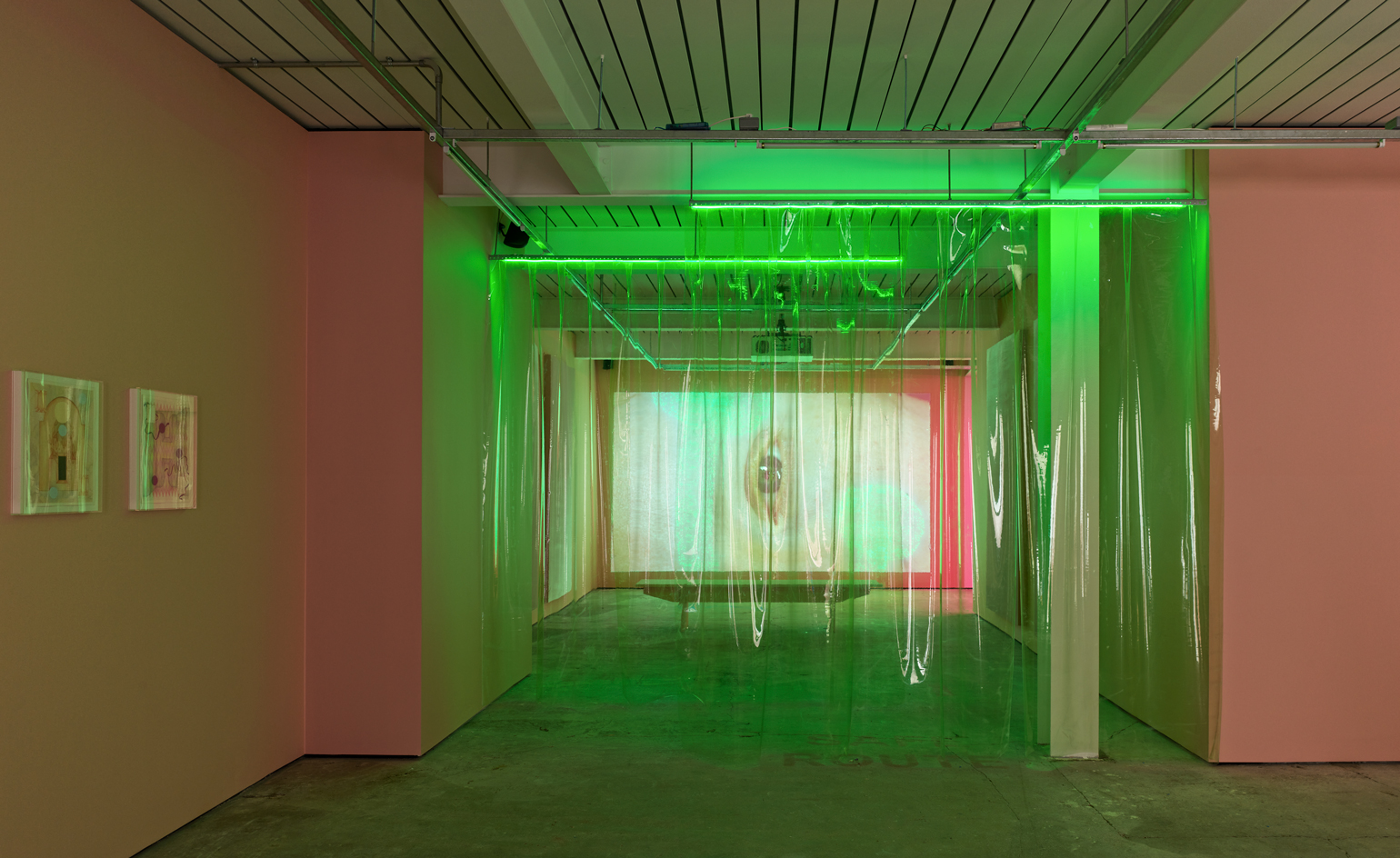 Gathering: the new Soho gallery blending art and social activism
Gathering: the new Soho gallery blending art and social activismGathering, the newest gallery resident in London’s Soho, will focus on contemporary art exploring systemic social issues. Ahead of Tai Shani’s inaugural show, we speak to founders Alex Flick and Trinidad Fombella about their vision for the gallery
By Harriet Lloyd-Smith